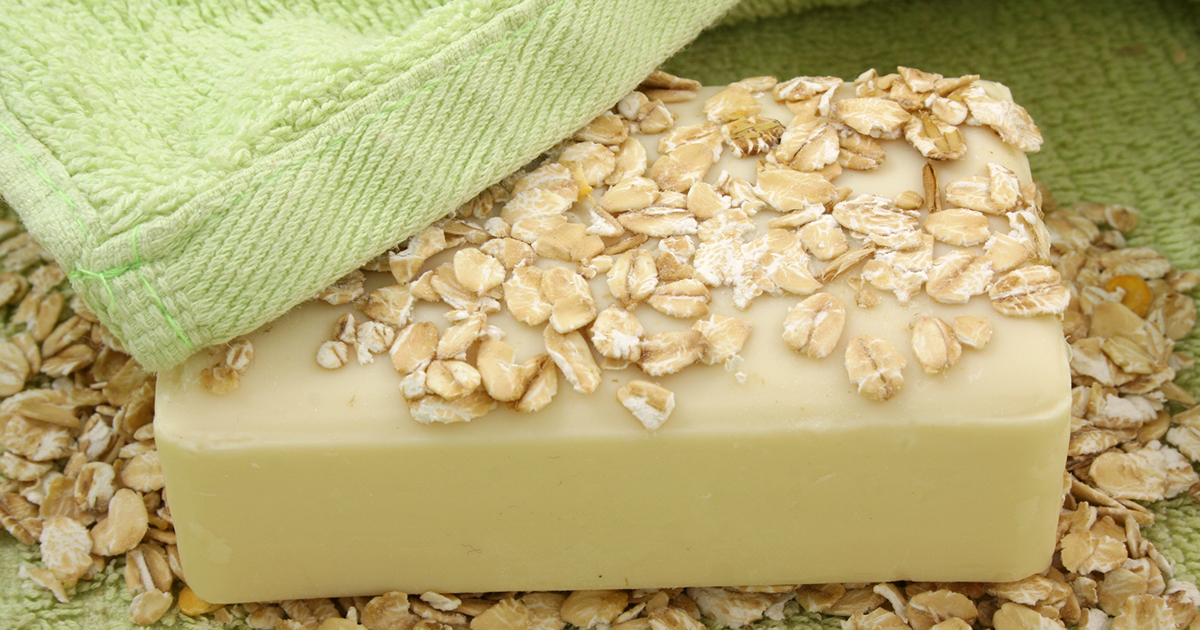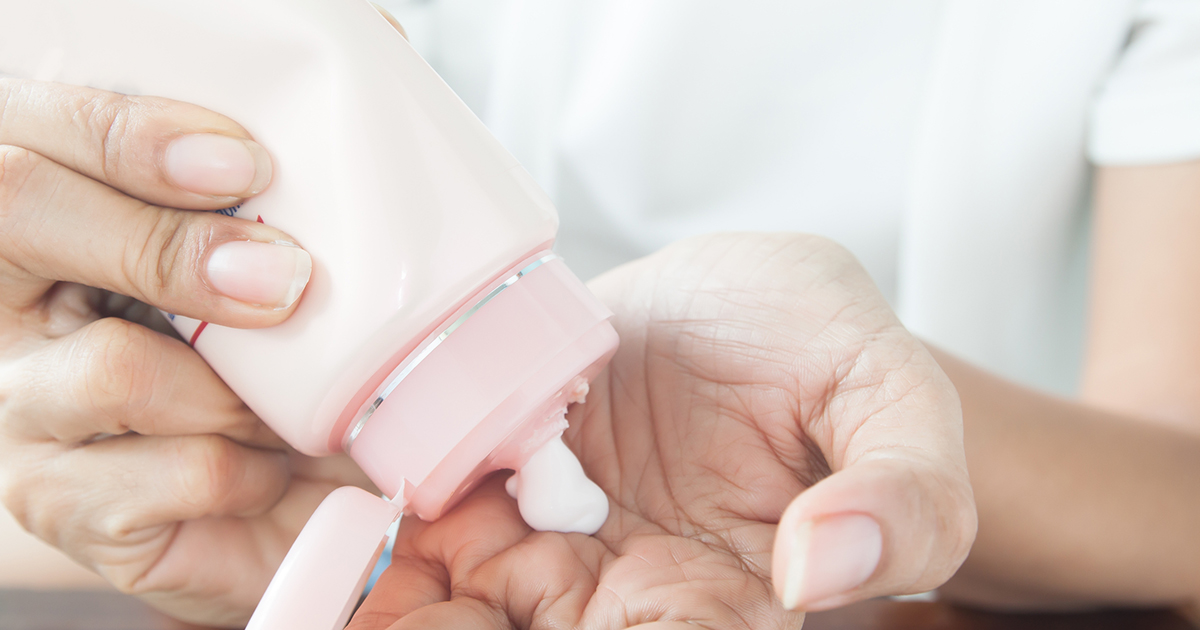How To Treat Poison Ivy & Other Rashes
The all too common bubbly, oozing, and itchy rash most individuals know as poison ivy is caused by contact between the skin and an allergy-causing, itch-inducing substance, which is the oil from the leaves of the poison ivy plant and its relatives, poison oak and poison sumac. This causes more allergic contact dermatitis cases than all of the other plant families combined. While some individuals are immune, most are not, so knowing how to treat it if and when you get it is essential. Follow these suggestions to stop the itch and make your recovery as comfortable as possible.
Oatmeal Bath Products

A cool soak in oatmeal bath products is another effective way to get relief from poison ivy and other rashes. To find the relief you’re looking for, make sure you are using colloidal oatmeal and not your average breakfast cereal. This special kind of oatmeal is designed to bind to your skin and form a protective barrier over it, which serves to seal in moisture and reduce inflammation. It also effectively clears the skin with repeated use. If all you have is the breakfast type, make your own bath product using it by placing uncooked whole oats in the food processor and grinding them until they make a fine powder. For the best results, draw a cool to lukewarm bath and sprinkle it with one cup of colloidal oatmeal and then soak in the bath for ten to fifteen minutes.
Continue for information on more treatments for poison ivy.
Anti-Itch Lotions

After you have used compresses and taken a calming bath, try Aveeno Anti-Itch Concentrated Lotion for more lasting relief. These options can typically be reapplied easily throughout the day if you find you are experiencing continued itching even with the other treatment methods. Calamine lotion and over-the-counter cortisone options are among the most common treatments. Calamine lotion is both soothing and itch-reducing, but it does typically have a milky pink color, which can be a detractor for some. Cortisone will help control inflammation and reduce the itch long-term. Depending on the severity of your rash, you may also benefit from do-it-yourself anti-itch treatments, including aloe vera gel, baking soda paste, or even cucumber slices applied to the area.
Keep going to learn more about treating poison ivy and other rashes effectively.
